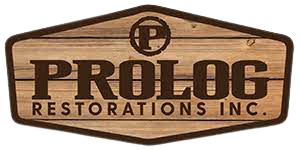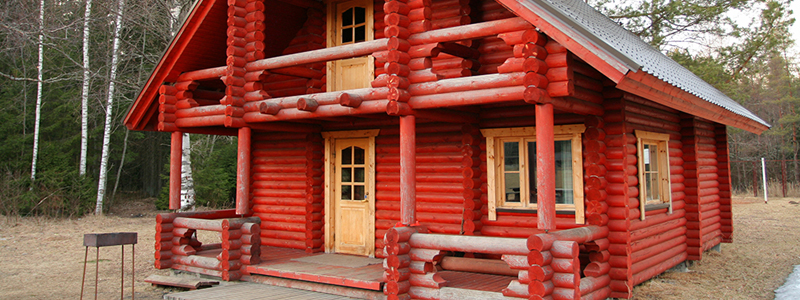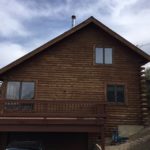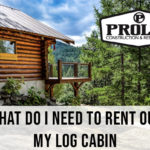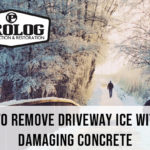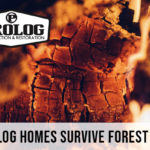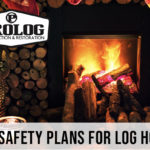If you’re looking into buying an older log home, traditional home inspections usually are helpful for identifying potential trouble spots before you sign on the dotted line. But not all home inspectors have the experience needed for examining log structures. Log homes, cabins and other log structures such as restaurants, inns, and bed-and-breakfast establishments tend to have unique problems. It takes someone who has specific expertise in log homes to recognize these problems and recommend the correct way to address them.
If you’re looking into buying an older log home, here are a few things that you should look for:
- 1. Check for water marks on interior walls. Leaks will leave noticeable marks on the wood long after they’ve dried out, helping you to identify where the water is getting in.
2. Take a good look at any interior walls that have covered the logs. Be sure that those sections are closely inspected inside and out by a professional log home inspector. Covered walls may just be an innocent design choice, but they can also indicate a potential problem lurking behind the covering.
3. Give all chinking and caulk a visual inspection and note any areas that are missing chinking or with sloppy caulking. Poor attention to these details can be signs of a lack of care and maintenance.
4. Soft wood is also a sign of potential trouble. Check for soft wood by tapping on the logs with the handle of a screwdriver. Concentrate on areas that are more susceptible to moisture, such as lower logs and areas where there isn’t an overhang on the roof to protect it from backsplash. If it sounds hollow, like a ripe watermelon, be sure to note the spot and have your log home inspector take a closer look. For leaks that are hard to pinpoint, a professional log home inspector can also use thermal imaging to zero in on the problem.
5. Check that the foundation is sound, with no big cracks.
6. Check all decks and roof overhangs for signs of mildew, white powder, droppings or other damage from invasive insects such as termites, carpenter ants, carpenter bees and powder post beetles.
7. Sagging or uneven rooflines are also something you should point out to your inspector. This can be indicative of settling wood, structural defects, improper chinking or any other number of problems.
Log homes can last for generations if they are properly cared for. With the help of a log structure expert, you can make an informed decision before investing in that log home or cabin you’ve been eyeing for your future.
